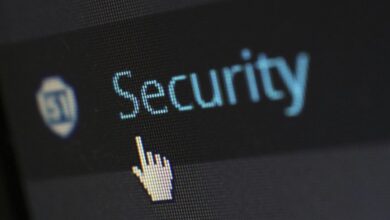Digital Signal Authentication Compliance Office 8659746970 8636162133 5853668912 5167621837 3306163849 7083489041

In today’s digital landscape, understanding the role of the Digital Signal Authentication Compliance Office is crucial for maintaining secure communications. This office ensures adherence to compliance standards that protect sensitive information. With protocols like digital signatures and encryption, it safeguards data integrity. However, navigating the complexities of compliance isn’t straightforward. What challenges might you face as you explore the strategies employed to uphold these critical standards?
Understanding Digital Signal Authentication Compliance
What does it mean to comply with digital signal authentication?
It means ensuring that your communications are secure and verifiable through digital signatures and robust authentication protocols.
By adhering to these standards, you protect your data integrity and maintain trust in your digital interactions.
Compliance is crucial for freedom in an increasingly interconnected world, allowing you to communicate confidently and securely.
Key Compliance Standards and Regulations
Complying with digital signal authentication involves adhering to various standards and regulations that ensure secure communication.
You must familiarize yourself with compliance frameworks such as ISO/IEC 27001 and NIST guidelines.
Additionally, understanding regulatory requirements from agencies like the FCC and GDPR is crucial.
Meeting these standards not only protects your data but also empowers you to maintain control over your digital communication landscape.
The Role of Compliance Offices in Digital Security
While navigating the complexities of digital security, compliance offices play a crucial role in ensuring that organizations adhere to necessary standards and regulations.
They assess compliance risks, facilitate the implementation of security frameworks, and ensure that policies align with legal requirements.
Strategies for Maintaining Compliance in a Digital Environment
To effectively maintain compliance in a digital environment, organizations must implement a proactive approach that includes regular audits, employee training, and robust security policies.
Utilizing remote monitoring tools ensures real-time compliance oversight, while employing data encryption safeguards sensitive information.
Conclusion
In navigating the complexities of digital security, your compliance efforts are like a sturdy lighthouse guiding ships through stormy seas. By adhering to key standards and implementing robust strategies, you enhance trust and safeguard sensitive information. Remember, maintaining compliance isn’t just about meeting regulations; it’s about fostering a secure environment for all digital interactions. Stay vigilant and proactive, ensuring that your digital signal authentication practices continue to evolve and protect against emerging threats.




